Ah yes! The old topic of the home studio. This is a topic I am well versed in! Before deciding to create SongShop, I actually was going to give it a go at becoming a full time producer running my home studio. I had the privilege of working alongside some award winning producers and musicians when I was recording with my band, so I had some great mentorship! I took courses, read more blogs and articles than I can remember, and spent a shit load of money. I had a commercial studio setup in my basement – I’m talking all of the fancy mics, the preamps, compressors, monitoring solutions – ALL OF THE THINGS! And I’m here to tell you it is 100% not necessary. If you like having and collecting gear, I get it. But you don’t need a $10,000 signal chain to make music from your house. Actually, if you cut that budget down by 75%, you can get yourself a really nice home studio setup to track demos. So let’s get into it!
FIRST THINGS FIRST
I’m going to go through this assuming you won’t be tracking real drums. If that is the case, you will need more inputs and pre amps then what I am going to cover. I will go over this home studio setup like you can play either guitar, piano, or a bit of both.
Before you start shopping, I highly recommend setting a budget. You will soon find out that $ just keep climbing to a point where you are feeling overwhelmed. If you spend $2500.00 you can set yourself up a very nice home studio. Keep in mind that this is including the purchase of a computer! If you already have a computer you could honestly do it for under $500 depending on what you need, so don’t feel like you need to spend a small fortune!
What gear will you need? Let’s summarize it:
- A Computer – This MacBook is a great choice.
- D.A.W. (Digital Audio Workstation)
- A good vocal mic – This Warm Audio WA-47jr is my pick
- A good workhorse mic – The Shure SM57 is the best choice!
- An interface/preamps – We recommend the Focusrite Scarlett 2i2. See it HERE
- A Keyboard/Digital piano – This 61 Key Controller is a great option.
- Studio Monitors – I have recently downsized to these Presonus Monitors and they are great!
- Studio Phones – I’ve used these ATH-M50X headphones for years – they are fantastic for the money!
- Cables/Stands – This Samson stand and cable package is perfect.
THE BRAIN
The first thing you will need for your home studio is a computer! You will have to choose what direction you want to go here. This will ultimately be the most expensive part of your studio setup, and the most important. Do you want Mac or Windows? This is essentially a personal preference, but will really have an impact on price.
The base price of a Mac is around that $1200 mark, and you can get a really high spec Windows computer for that price. Windows computers are always cheaper, but in my experience (I have tried both) Mac is just more stable when running things. There always seems to be little nuances and glitches with my PC. I also believe Macs have more longevity. The initial purchase price might be higher, but you might not have to upgrade nearly as soon.
There are a few main things to consider when buying a computer for recording. Processor, RAM, and Disk Space.
You will want to opt for at least an i5 processor, ideally an i7. The more RAM, the better. No less than 8gb in the RAM department. Audio recording is taxing on a computer, so it needs space to run multiple processes at once. When it comes to storage, bigger is better too. ESPECIALLY in a MacBook. It is super expensive to upgrade anything in a MacBook, so if you are ordering one, make sure you don’t cheap out on RAM and Hard drive size.
If you are going to run a desktop, at least two hard drives will be needed. One for your local programs, and one for your file storage. I’m not going to go any further into the topic of computers – that is a rabbit hole for another blog, or your local computer store!
PROCESSING YOUR SOUNDS
Once you have selected your computer, it’s time to choose your software! This is your D.A.W. (Digital Audio Workstation). There are quite few options available, and each will have a learning curve, especially if you have never used a DAW. There are a range of free options, and what you choose might be influenced by your computer. There is no need to break the bank, there are tons of budget friendly options available. It might be tempting to go with a monthly plan, but this can get expensive over time. Each D.A.W. will come with enough processing effects (plugins) to effectively mix a demo. Don’t bother spending money on plugins until you’ve exhausted the use of the stock ones. No matter how tempting it may be!
Great Free Options:
- Garage Band (Mac)
- Cake Walk (Windows)
- Studio One
- Pro Tools First
Some great paid options for a DAW:
- Presonus Studio One
- Logic Pro X (Mac Only)
- Harrison Mixbus
- Reaper
- Pro Tools…. If you Must
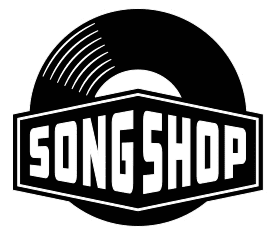
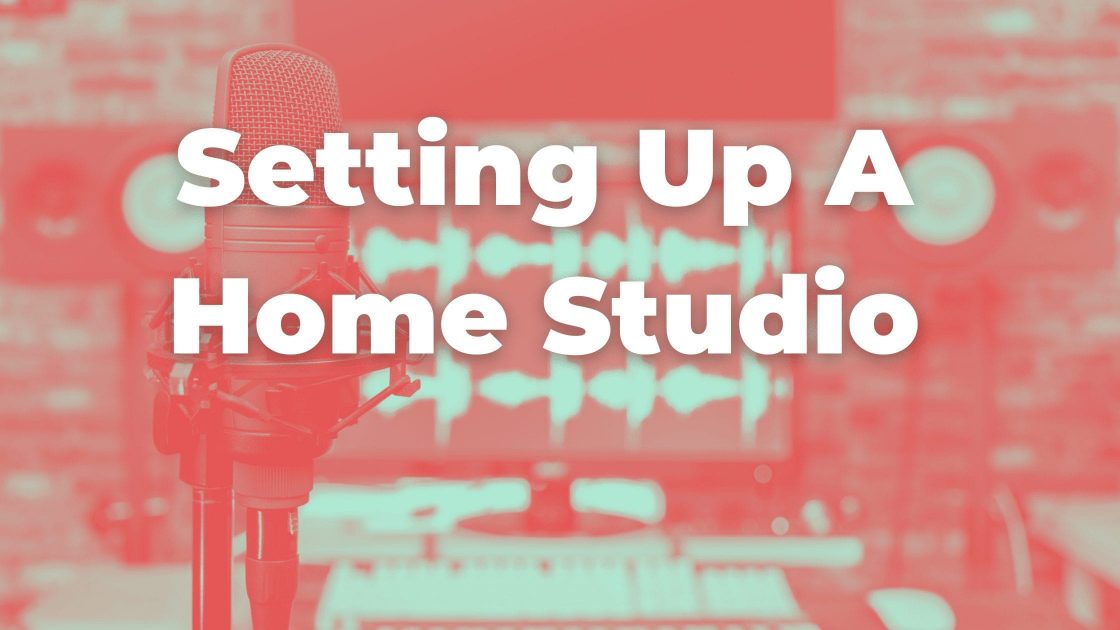
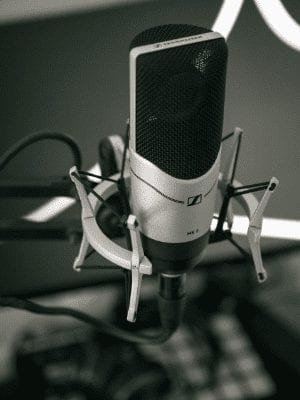

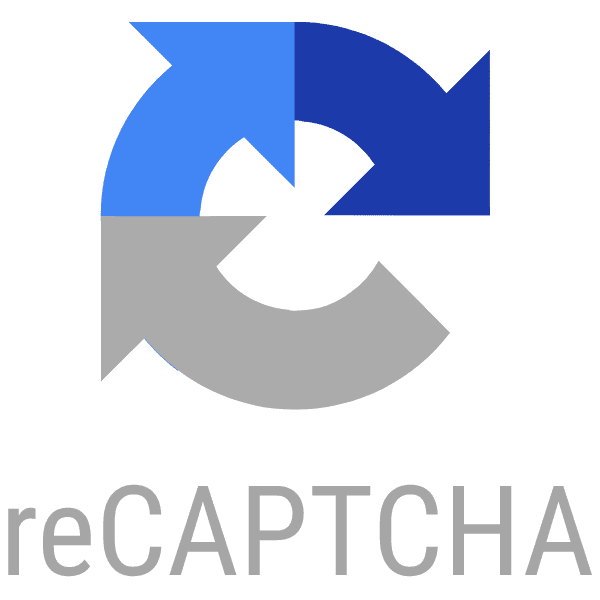
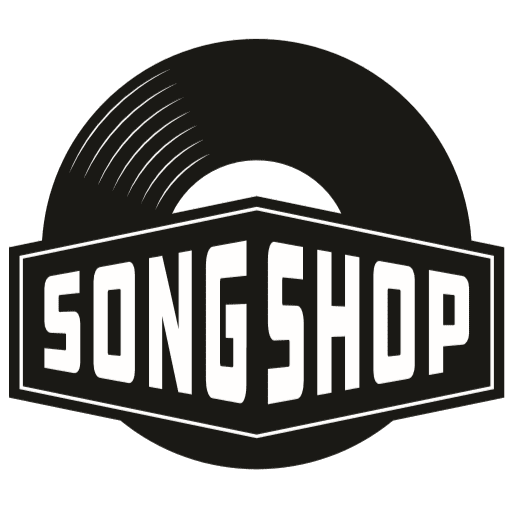
3 Responses
Hi I have had a home studio now for about 18 years my first in my first house in France then disaster had a huge house fire in 2016 and lost everything and I mean everything anyhow I had pictures of all my equipment lodged with my assurance company thank goodness and it was new for old so after finding my new place I built my own studio again and had to read a lot but have just done a refit and ready to roll again and you honestly do not have to spend big bucks,but make sure you lodge invoices and pictures to the insurance company preferably one that knows about music I found Axa very good.
They are a good investment. A home recording studio can be rented via mail. Make a little money on the side or pay for the room.
Computer Start by picking up a reliable computer, which will serve as the backbone for your home studio. While some musicians have a full desktop set-up, many like to use a laptop, which allows them to record and track on the go.